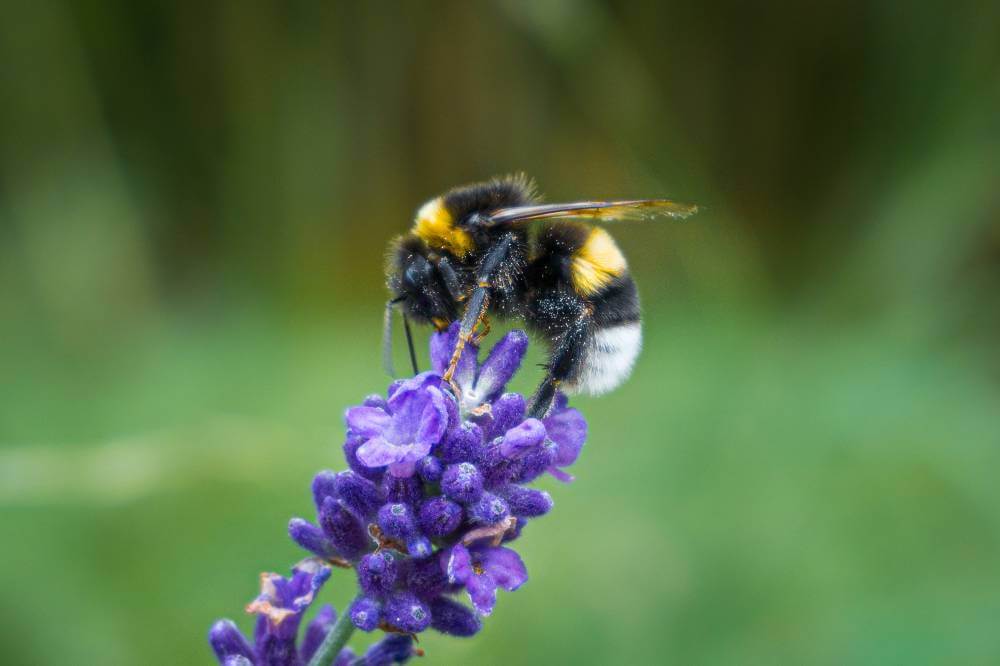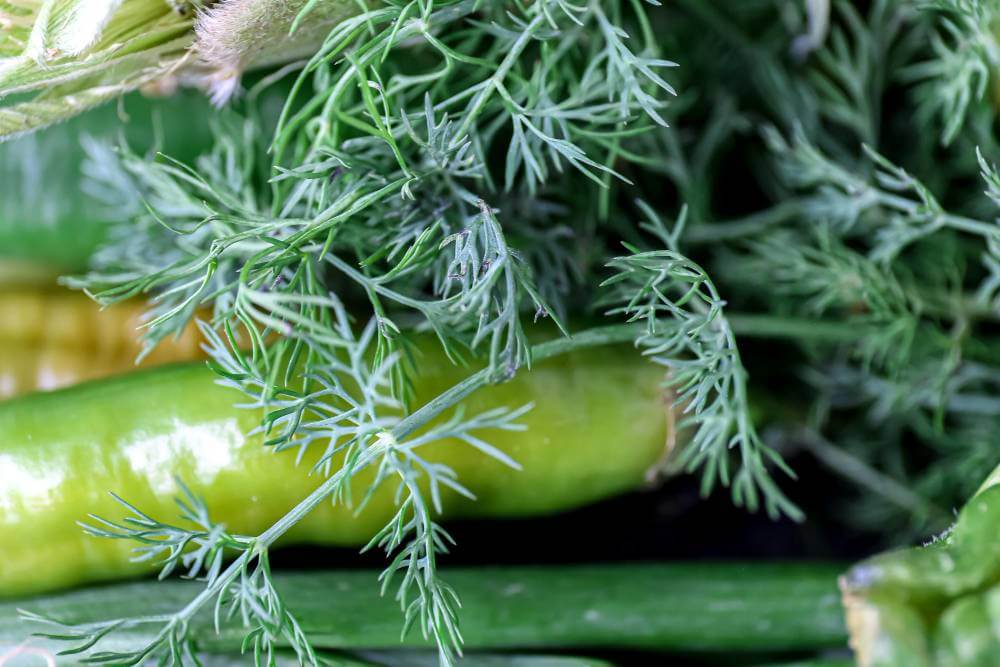Hey there, herb enthusiasts! Today, let’s embark on a delightful journey into the world of growing tarragon. Join me as we explore the ins and outs of cultivating this flavorful herb in your garden or home.
Unveiling the Charms of Tarragon: A Culinary Favorite
Growing tarragon is a delightful endeavor that brings a burst of fresh, anise-like flavor to your culinary creations. French tarragon, in particular, is revered for its sweet, slightly peppery taste that pairs beautifully with chicken, fish, eggs, and vegetables. Its delicate, narrow leaves exude a pleasant aroma that enhances dishes both raw and cooked.
Exploring the Versatility of Tarragon: Health Benefits and Beyond
Beyond its culinary allure, tarragon offers a spectrum of health benefits. Rich in antioxidants like lutein and zeaxanthin, as well as vitamins C and A, it supports immune function and promotes eye health. Tarragon can be brewed into a soothing tea to aid digestion or infused into vinegar for a tangy, herbal essence perfect for dressings and marinades.
Varieties of Tarragon: French vs. Russian
There are two primary varieties of tarragon: French tarragon (Artemisia dracunculus var. sativa) and Russian tarragon (Artemisia dracunculoides). French tarragon, prized for its robust flavor and culinary excellence, does not produce viable seeds and is typically propagated through cuttings or root divisions.
In contrast, Russian tarragon, while easier to grow from seeds, lacks the intense flavor profile of its French counterpart. While it may not match the intense flavor of French tarragon, it is valued for its resilience and ornamental appeal in garden settings. It also has a more vigorous growth habit, producing taller stems and coarser leaves.
Perennial Charm: Growing Tarragon Varieties Year-Round
French tarragon is a perennial herb, meaning it can live for several years under the right conditions. Planting French tarragon in early spring allows it to establish strong roots before the heat of summer, ensuring abundant foliage for harvest throughout the growing season.
Russian tarragon exhibits slightly different growth characteristics. It is considered hardier and can survive as a perennial in certain climates, though it tends to behave more like an annual in colder regions. Planting Russian tarragon in early spring allows it to establish roots before the onset of summer, ensuring a steady supply of foliage for culinary use throughout the growing season.
Planting Season: Timing is Everything
To ensure successful growth, plant tarragon in early spring or late summer. These seasons provide moderate temperatures and ample sunlight, ideal for establishing strong root systems and promoting lush foliage. Avoid planting during the peak of summer heat or in frost-prone periods to prevent stress on the plants.
Embracing the Sunshine: Sunlight Requirements
Tarragon thrives in full sun, requiring at least 6 hours of direct sunlight daily. In regions with intense summer heat, provide partial shade in the afternoon to protect the leaves from scorching. Adequate sunlight promotes robust growth and enhances the herb’s essential oils, intensifying its flavor and aroma.
Winter Care Tips: Nurturing Through the Cold Months
During winter, tarragon benefits from protective measures to survive colder temperatures. Mulch around the base of the plant with organic materials like straw or leaves to insulate the roots and regulate soil temperature. Prune back the foliage in late fall to reduce the risk of frost damage and encourage healthy regrowth in the spring.
Starting Strong: Seeds vs. Seedlings
While tarragon can be grown from seeds, it’s more commonly propagated from established plants or root divisions to ensure consistency in flavor and quality. Seeds can be slow to germinate and may not produce true French tarragon, which is renowned for its superior taste.
Starting with seedlings from a reputable source provides a head start and guarantees a bountiful harvest of aromatic leaves.
Propagation Perfection: Growing from Cuttings
Propagating tarragon from stem cuttings is a reliable method to expand your herb garden. In early summer, take 4-6 inch cuttings from healthy tarragon plants, ensuring each cutting has at least two sets of leaves. Remove the lower leaves and dip the cut end in rooting hormone to stimulate root growth. Plant the cuttings in well-draining soil, keep the soil consistently moist, and provide indirect sunlight until roots develop.
Once rooted, transplant the cuttings into larger pots or your garden bed for continued growth and harvest.
Growing Tarragon: Indoors or Outdoors – Where Does It Thrive?
Whether you choose to grow tarragon indoors or outdoors depends on your climate and space availability. Outdoors, tarragon thrives in full sun with well-drained soil. It needs at least 6 hours of direct sunlight daily. Indoors, choose a sunny windowsill or use grow lights to provide sufficient light.
Ensure good air circulation and moderate humidity to prevent fungal issues. Tarragon grown indoors can be just as flavorful as outdoor-grown herbs if given proper care and attention.
Best Soil for Growing Tarragon: Setting the Foundation for Success
French tarragon prefers well-drained soil with good fertility. A loamy, sandy soil with organic matter is ideal for optimal growth. Russian tarragon also prefers well-drained soil but can tolerate poorer conditions compared to its French counterpart.
Incorporate compost or well-aged manure into the soil before planting to provide essential nutrients and improve soil structure. Avoid heavy clay soils that retain water, as they can lead to root rot and other moisture-related issues.
Pot Perfect: Instructions for Growing Tarragon in a Container
Growing tarragon in pots is convenient for small spaces or indoor gardening. Choose a container with good drainage holes and fill it with a well-draining potting mix. Plant tarragon seedlings or cuttings, ensuring the crown of the plant sits just above the soil surface. Place the pot in a sunny location, and water when the top inch of soil feels dry. Fertilize sparingly with a balanced fertilizer during the growing season to encourage healthy growth and flavor development.
Hydroponic Cultivation: Growing Tarragon in Water
Hydroponic cultivation offers a soil-free alternative for growing tarragon with controlled nutrient delivery. Use a hydroponic system with a pH-balanced nutrient solution specifically formulated for herbs. Plant tarragon cuttings or root divisions in net pots filled with a growing medium like perlite or coconut coir. Ensure the roots are submerged in the nutrient solution and provide adequate light and ventilation. Monitor pH and nutrient levels regularly to maintain optimal growth and flavor.
Watering Instructions: Quenching Tarragon’s Thirst
Tarragon prefers moderate moisture levels, so water consistently to keep the soil evenly moist but not waterlogged. Allow the top inch of soil to dry out between waterings to prevent root rot. Water early in the day to minimize fungal diseases and avoid wetting the foliage.
In hot weather, increase watering frequency to prevent wilting. Container-grown tarragon may need more frequent watering than garden-grown plants due to faster soil drying.
Companion Planting with Herbs, Flowers, and Vegetables: Tarragon’s Garden Allies
Tarragon benefits from companion planting with herbs like parsley, chives, and basil, which share similar growing conditions and culinary uses. Flowers like marigolds and nasturtiums can deter pests and attract beneficial insects. Experiment with companion planting to create a diverse and harmonious garden ecosystem that enhances tarragon’s growth and flavor.
Planting Foes: Tarragon’s Incompatible Companions
While tarragon thrives alongside many plants, it’s best to avoid planting it near fennel, which can inhibit tarragon’s growth. Tarragon also doesn’t fare well when planted near plants from the cabbage family, such as broccoli or cabbage, as they can compete for nutrients and space. Plan your garden layout accordingly to optimize tarragon’s growth and minimize competition from incompatible plants.
The Attraction Towards Pollinators: Tarragon’s Garden Visitors
Tarragon’s delicate, aromatic flowers attract pollinators like bees and butterflies to your garden. These beneficial insects aid in pollination, promoting healthier plants and higher yields of nearby vegetables and fruits. Incorporating tarragon into your garden not only adds culinary delight but also supports local pollinator populations and contributes to a thriving ecosystem.
Pruning Instructions: Shaping Tarragon for Optimal Growth
Regular pruning helps maintain the tarragon’s shape and promotes vigorous growth. Trim back stems by one-third in early spring to encourage bushy growth and prevent legginess. Harvest leaves regularly to promote new growth and maintain plant health. Remove any dead or diseased foliage promptly to prevent the spread of pests and diseases. Pruning also helps improve air circulation around the plant, reducing the risk of fungal infections.
Pest Treatment: Keeping Tarragon Healthy and Pest-Free
Tarragon is generally resistant to pests, but it can occasionally attract aphids, spider mites, or whiteflies. Monitor plants regularly for signs of pests, such as distorted leaves or sticky residue. Use a strong spray of water to dislodge aphids or spider mites from the leaves. For severe infestations, treat with insecticidal soap or neem oil, following manufacturer instructions carefully. Avoid chemical pesticides that may harm beneficial insects and compromise tarragon’s flavor and health.
Tarragon Tales: A Flavorful Journey Wrapped Up
Congratulations on mastering the art of growing tarragon! From understanding its varieties to perfecting planting techniques and caring for this aromatic herb year-round, you’re now equipped to cultivate a thriving tarragon garden.
Whether you’re enhancing culinary creations or exploring herbal remedies, tarragon’s versatility and health benefits make it a must-have in any garden.
Keep exploring my blog for more insightful tips on growing herbs and creating delightful garden spaces.







